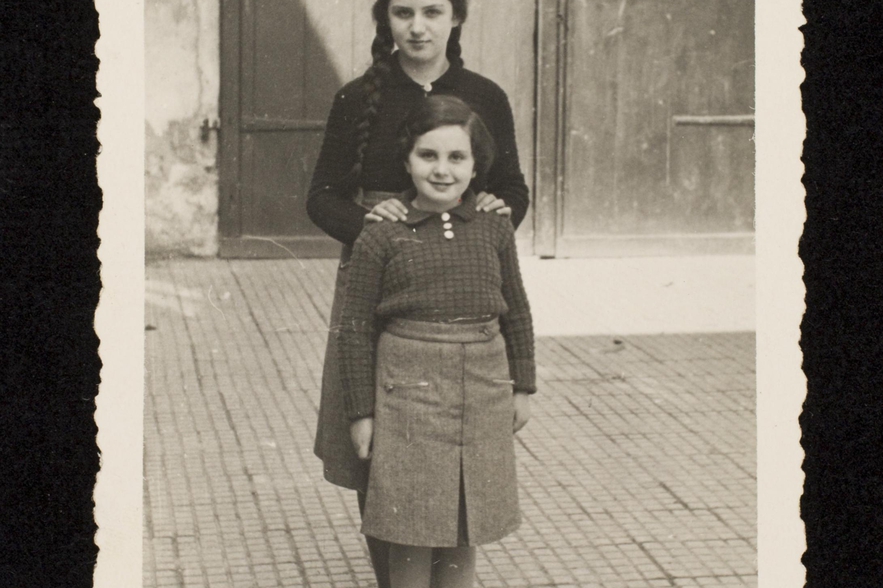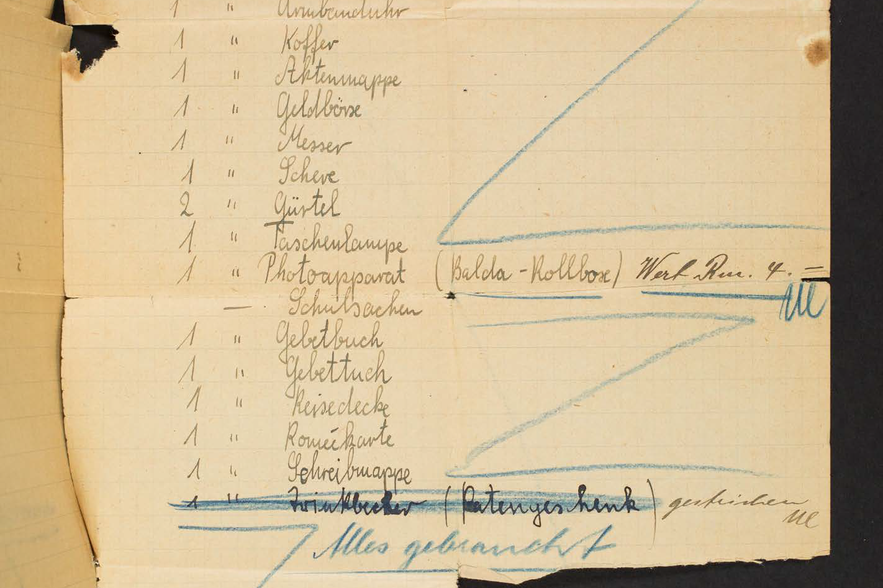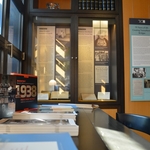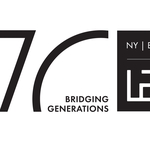The Kindertransport—Compassion within Limits


- Author
- Dr. Miriam Bistrovic
- Date
- Mon, Dec 3, 2018
The weather was cold and foggy when the first Kindertransport reached Harwich on the southern Coast of England on December 2, 1938. Aboard the ferry were 196 children, most from an orphanage in Berlin. One day earlier, their train had departed from Berlin Friedrichstrasse. After a long and tiring journey, they disembarked in a foreign land, unaccompanied by family, where they were met by strangers and faced an uncertain future far from home.
Just a few weeks earlier, the Kristallnacht had taken place in Germany and Austria, and news of the widespread violence against Jews reached readers across the globe. The Nazi persecution of Jews had thus far elicited little response from the global community, but the new reports of synagogues set ablaze, businesses destroyed, and brutal attacks on innocent individuals finally forced a change. With impressive speed and uncharacteristic unity, some countries decided to take action—especially the United Kingdom, Switzerland, Holland, Belgium, France, and Sweden. They loosened their restrictive immigration rules for refugees from Germany, its annexed territories, and areas immediately threatened by a German invasion. Their generosity had its limits. It applied only to children under the age of 17. Their parents would not be allowed to accompany them.
Nevertheless, many Jewish parents saw an opportunity to save their children that might not come again, and the first Kindertransport was organized with tremendous urgency. The UK’s “Movement for the care of Children from Germany” (later renamed the Refugee Children’s Movement) distinguished itself as one of the most effective efforts. It worked with private individuals, other aid organizations, and Jewish institutions on the ground like the Reich Representation of Jews in Germany and the Jewish Community of Vienna. With the aid of these groups, the movement worked to identify the children in most urgent need of protection: orphans, children whose parents had been arrested, children threatened with imprisonment, and those who faced deportation as “stateless.” Just as urgent was the search for funding. Every refugee child was required to pay a security of £50, and the government had made it clear from the beginning that the children must not become a burden on their host country. The security was meant to cover their lodging, food, and eventual return to Germany. The program was meant to be temporary. It was assumed that the children would return to their home countries and parents as soon as the situation settled.
When the first transports departed in December, and the parents brought their children to train stations to bid them farewell, the heart-rending scenes were even noticed by the passersby. The National Socialist authorities sensed a threat to order and banned parents from accompanying their own children to the train stations.
The Berlin physician Hertha Nathorff described the moment she sent her son away on a Kindertransport in her diary on March 2, 1939: “Soon, we must part. The children are to be led to the train in order. It is forbidden for parents to accompany them to the boarding platform. I kiss my boy and whisper to him, ‘Look out the window at Zoo Station’—nothing more. [...] I throw myself in the car, race to Zoo station, dash up to the platform, and beat the train there. [...] The platform is quite empty, and no one stops me from approaching the train. And—my boy looks out of the window and—he sees his mother one last time. ‘I got a fine seat, Mom,’ he chirps in his child’s voice. [...] I hold my beloved boy’s hands one last time. He leans out the window—one more kiss and the train carries him off. Now I’m sitting at home at my desk. I mustn’t cry. I mustn’t cry.”
The next day, instead of the prior days’ detailed observations, she records just four brief lines: “A Telegram from London: ‘Made it safe and sound.’ How happy I am. My child is safe. Now I can begin the work of extricating ourselves from our apartment, a home where we already no longer feel at home.”
Shortly after reaching the UK, the children were placed in the care of foster parents, group homes, or shelters. Whether the foster families provided a loving home or exploited their often traumatized new charges as cheap domestic labor was a matter of pure chance. Given the short time frame and the large number of refugee minors, it had not been possible to intensively vet all the families willing to take in children. Whatever conditions they faced in their new environment, and however much they had been admonished to behave themselves and integrate quickly, they all had one thing in common: enormous difficulty coming to grips with a new language and foreign culture while separated from family and friends.
This is testified to by the innumerable postcards and letters that were sent—often daily—between Great Britain and the continent. Letters were the only way for parents to participate in the daily lives of their children, learn of their fears and needs, and offer words of comfort.
On September 1, 1939, German troops invaded Poland, beginning the Second World War and ending the Kindertransport. The Kindertransport was a massive humanitarian effort that successfully rescued more than 10,000 children in a nine month period, but it should also be viewed within the larger context.About 1.5 million children are estimated to have been murdered in the Holocaust. Many children saved by the Kindertransport learned after the war that they were the only surviving members of their families. The tear-stained messages tucked in coat pockets before the journey and the boxes of letters exchanged during the war were the only reminders they had of their loved ones.




